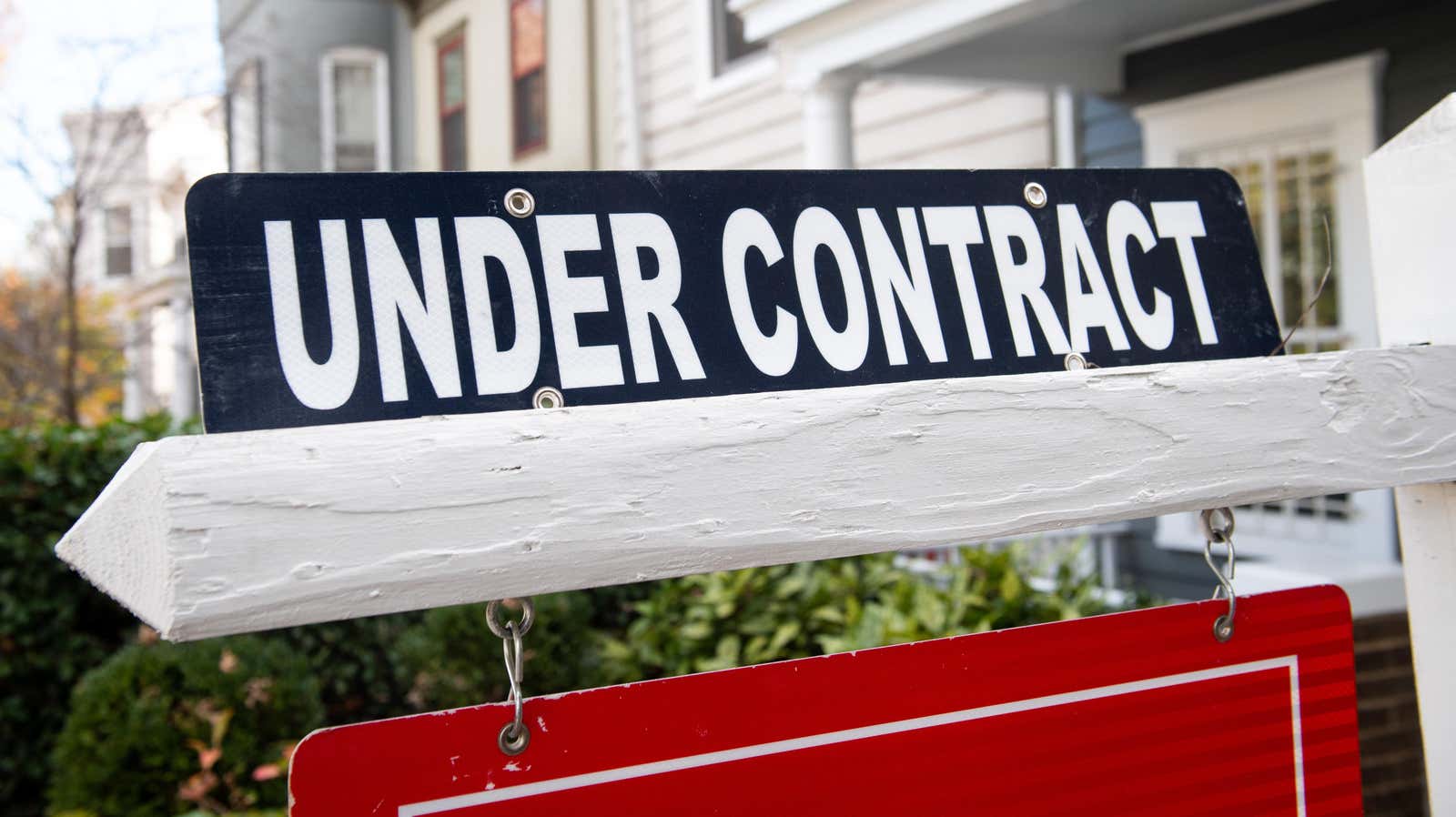How to Buy a House for Only $12,000

Buying a home is a complicated and expensive process, especially for buyers who can’t shell out the “traditional” 20% down payment. Essentially, you are convincing the bank to lend you more than half a million dollars in many markets; if they don’t believe they can trust you to get that much money back (plus interest), it will cost you even more in mortgage insurance and other fees.
All of this can leave potential buyers with low or moderate incomes feeling hopeless and discouraged. Home prices in the United States don’t help much either, with the median home sale price surpassing $400,000 in 2021 for the first time in history . The down payment of 20% on a $400,000 mortgage is $80,000—a truly ridiculous amount of money for all but a lucky few.
But the good news is that you don’t have to pay a 20% down payment to get a good (or at least affordable) mortgage. Some programs require only a down payment of 3–3.5%; assuming a sale price of $400,000, that’s a much more realistic $12,000–$14,000. Even if you have “only” about $12,000 for a down payment (which is still a huge amount of change), you can buy a house. You can also buy it without investment – here’s how.
Explore your options
Mortgages are just very large loans. Unfortunately, this means that there are as many different types of mortgages as there are financial institutions that offer them, which creates a lot of hassle for potential buyers. To make things a bit easier, the federal government maintains certain loans meant for new buyers. These loan programs require only a small (3-5%) down payment:
- FHA loans : 3.5% down payment; private mortgage insurance (PMI) required
- Freddie Mac Home Credit Opportunity: 0-5% down payment, depending on the number of units; requires PMI
- Fannie Mae HomeReady loan : 3% down payment; requires PMI
Other programs offer mortgages with no down payment at all, including:
- USDA loans : 0% down payment; annual commission 0.35%; limited to eligible rural areas; income restrictions apply
- VA loans : 0% down payment for some lenders; no PMI required; upfront financing payments of 1.4%-2.3% for new buyers
- NACA (Neighbours Assistance Corporation of America) Loans : 0% down payment; annual membership fee of $25 per family; no PMI required; the seller pays closing costs; income and location restrictions apply
Some private lenders (banks, credit unions, online mortgage lenders such as Quicken Loans or Rocket Mortgage) also offer conventional mortgages with down payments ranging from 5% to 10%, depending on your income, credit score and desired price. purchases. But that’s just a small part of what’s out there – be sure to check with local lenders.
Meeting with loan officers and/or mortgage brokers
Once you have an idea of what you’re looking for in a mortgage, it’s time to start collecting some quotes. To do this, you need to meet people who know everything about the specific loans you are considering. For most people, this means contacting loan officers, mortgage brokers, or both.
Loan officers and mortgage brokers do the same thing—match buyers with mortgages—but they do it differently. Loan officers work for a specific lender, so they are limited to the mortgages their employer offers. Mortgage brokers are usually independent and work with multiple lenders. Both charge a certain amount of money to either the lender or the buyer for the work of preparing, applying, and processing the loan: the broker’s commission is typically around 1–2.75% of the loan amount (federal law limits it to 3%). while the “loan origination fee” for loan officers is slightly less, around 0.5–1%. If the lender pays these fees, they will be displayed on your credit assessment form in the “Finishing Fees” section. Always include these fees when comparing quotes; they can save you a lot of money.
The down payment is only one part of a mortgage: between interest rates, insurance, lender fees and closing costs, there are many other (very expensive) moving parts to consider. But if the 20% down payment was your biggest deterrent to buying a home, at least now you know you have other options.